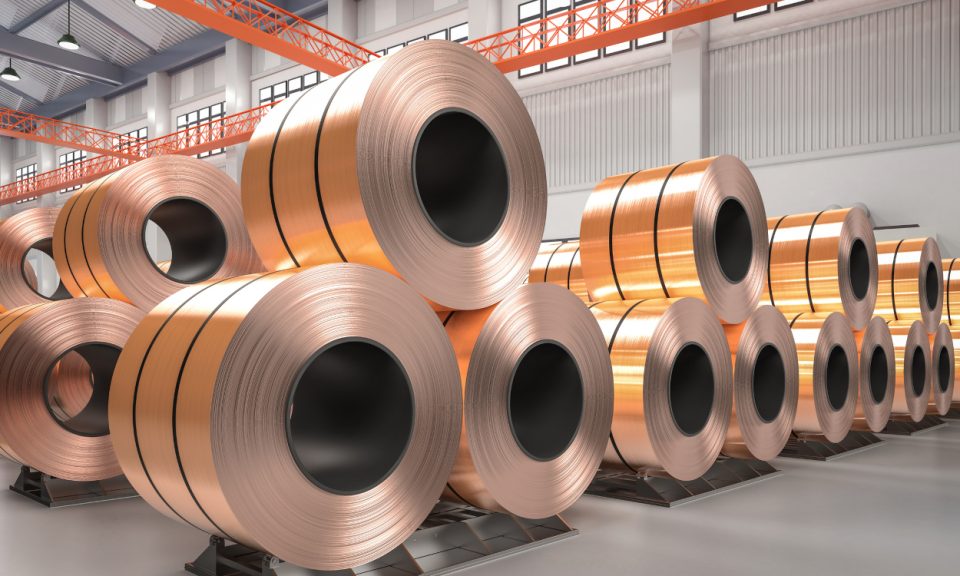Copper prices have been on a turbulent ride recently, with significant implications for miners and investors alike. After reaching an all-time high of $5.3740 per pound on March 26, 2025, copper prices plunged to a low of $4.0380 per pound before rebounding to an intraday high of $4.8340 today. This roller coaster movement reflects a complex interplay of global economic factors, supply disruptions, and shifting demand patterns.
Copper, a critical industrial metal, has seen notable price fluctuations in 2025. The price per metric ton stood at approximately $9,740 in March, up 4.38% from the previous month and 12.09% higher than a year ago. Despite the recent sharp decline from the March peak, copper prices have shown resilience with a recovery over the last nine trading days.
The volatility is partly driven by geopolitical tensions, trade policy uncertainties, and economic concerns, especially related to China, the world’s largest copper consumer. Increased inventories in Chinese warehouses and weakness in China’s real estate sector have dampened demand expectations, prompting some financial institutions to revise their copper price forecasts downward.
The recent price plunge has hit the mining sector hard, turning it into one of the worst-performing industries amid a broader market selloff. Major mining companies like BHP and Rio Tinto saw their shares fall sharply, with BHP’s market value dropping by 9.5% to $107.3 billion and Rio Tinto’s by 6.4% to $93.5 billion on heavy trading volumes.
Operational challenges have compounded the sector’s woes. For instance, Glencore has indicated potential shutdowns of its Mount Isa copper smelter and Townsville refinery in Australia, which could lead to significant job losses and highlight structural issues such as aging infrastructure and regulatory hurdles.
However, these supply-side constraints could eventually support prices by tightening supply, though the current market sentiment remains bearish due to demand uncertainties.
The recent price rebound suggests that copper miners with lower production costs and diversified operations are better positioned to weather the volatility. Companies with strong balance sheets and exposure to growth markets, particularly those supplying copper for electric vehicles and renewable energy infrastructure, stand to benefit from the long-term structural demand for copper.
Smaller or highly leveraged miners may struggle with the current price swings and operational disruptions. Investors focusing on copper mining stocks should consider companies with robust cost management and strategic exposure to emerging green technologies.
While short-term price fluctuations are significant, the long-term fundamentals for copper remain strong due to its essential role in the global energy transition. The increasing adoption of electric vehicles and renewable energy infrastructure drives sustained demand growth, which could eventually offset current macroeconomic headwinds.
Nevertheless, the near-term outlook is clouded by trade tensions and recession risks. Some analysts predict further price declines if tariffs and geopolitical uncertainties persist, with copper prices potentially falling another 8% to 10% in the coming weeks.
Copper’s recent price volatility underscores the challenges and opportunities in the mining sector. Miners with efficient operations and exposure to green energy demand are positioned to benefit over time, while the broader sector faces headwinds from economic uncertainty and trade conflicts.

